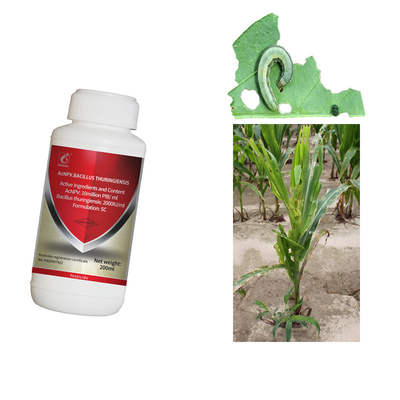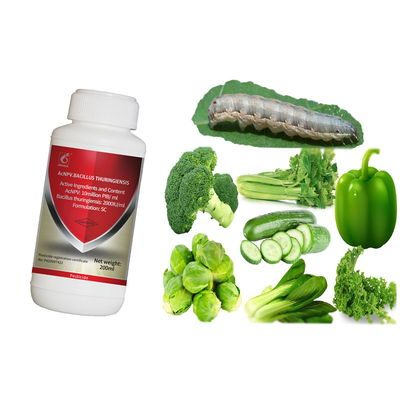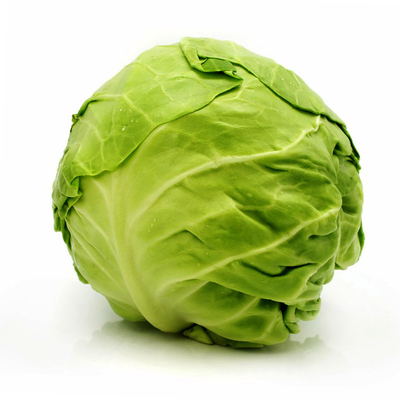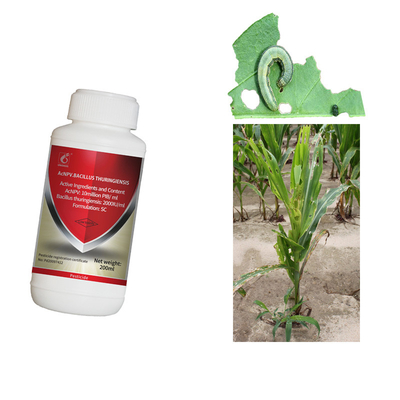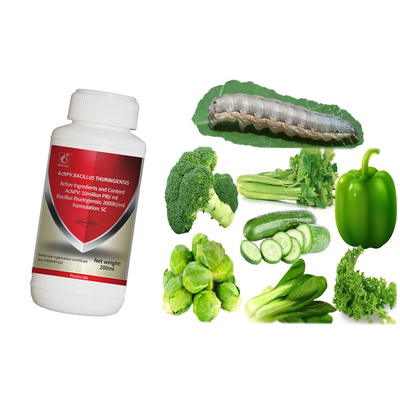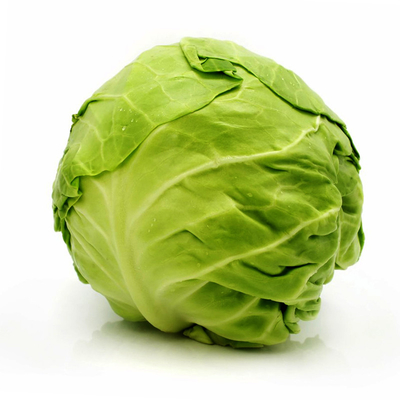-
Biological Insecticides
-
Biological Pesticide
-
Natural Vegetable Insecticides
-
Maize Crop Pesticides
-
Fruit Tree Pesticides
-
Rice Crop Pesticides
-
Cotton Crop Pesticides
-
Tea Tree Insecticide
-
Biological Fungicide
-
Biological Fertilizer
-
Cockroach Bait Gel
-
Home Pest Killer
-
Mosquito Larvae Killer
-
Z-9-Tricosene
-
Fly Killing Bait
-
Ant Killing Bait
Biological Agriculture Chemical Pesticides Used In Crops Nuclear Polyhedrosis Virus AcNPV
| Place of Origin | China |
|---|---|
| Brand Name | Unioasis |
| Certification | Pesticide Registration Certificate |
| Model Number | 10 million PIB/mL AcNPV + 2000IU/mL Bt |
| Minimum Order Quantity | 100kg |
| Price | $0.36 |
| Packaging Details | 15g. Chinese package, support customize |
| Delivery Time | 7days |
| Payment Terms | L/C, T/T, Western Union |
| Supply Ability | 50000kg per week |

Contact me for free samples and coupons.
WhatsApp:0086 18588475571
Wechat: 0086 18588475571
Skype: sales10@aixton.com
If you have any concern, we provide 24-hour online help.
x| Pest Control | Spodoptera Exigua, Spodoptera Litura, Dendrolimus Punctatus, American White Moth | Classification | Natural Organic Pesticide |
|---|---|---|---|
| ICAMA REG.No. | PD20097412 | Formulation | SC |
| Active Ingredient | 10 Million PIB/mL AcNPV + 2000IU/mL Bt | Application | Brassicaceous Vegetable |
| Other Name | ANPV+Bt | Supply Type | Stock |
| OEM/ODM | Support Customize | Logo | Support Customize |
| Shipping Way | Sea Land Air | Shelf Life | 2 Years |
| Highlight | Polyhedrosis agriculture chemical pesticides,AcNPV agriculture chemical pesticides,Polyhedrosis pesticides used in crops |
||
Biological Insecticides Organic Pesticide Nuclear Polyhedrosis Virus AcNPV Viral Against Fall Army Worm
Compared with other pesticides, viral insecticides have the following advantages:
1. Specificity: The infection mechanism of insect viruses requires the spinous process protein on the surface of the virus to recognize and bind to the receptor glycoprotein on the surface of the host cell, so as to infect the host and only kill the target host.
2. Safety: harmless to human and livestock, do not kill natural enemies and other beneficial insects, do not pollute the environment, for the protection of the ecological chain is of great significance.
3. No residue: the virus is a protein, no residue on crops.
4. Epidemic: the virus can be spread horizontally and longitudinally in the pest population, with infectivity.
5. The production process is pollution-free, low energy consumption, an insect is a virus synthesis factory.
6. High efficiency and persistence: Nuclear polyhedrosis virus can remain active in the soil for as long as 5 years. After the disease and dead insects rot in the field, a large number of viruses will be released to keep the number of viruses in the field. Thus, the number of drug application is reduced, the drug cost and labor cost are reduced, and the comprehensive cost is also reduced.
7. Not easy to produce resistance: the virus has no cell structure, no complete enzyme system, the factors that play a role in microbial metabolic pathway are not affected, not easy to produce resistance, so far there is no related report of insect virus resistance. For example, the human body has no resistance to novel Coronavirus and SARS virus, no corresponding immunity, and no targeted drugs.
Working Mechanism:
Autographa californica nuclear polyhedrosis virus (AcNPV) is a microorganism that kills Spodoptera exigua. After spraying on crops and being eaten by pests, the virus particles replicate and multiply in the pest body, and quickly spread to the pests. All parts of the body are drastically engulfed by consuming insect tissues. During the period of ‘illness’, the pests do not eat and move, appearing a sub-lethal effect, and eventually the whole body is killed by water. spraying on the insects, the hatching larvae will also bite the egg shell. Will die due to feeding virus. In addition, virus particles can continue to be transmitted to the next generation or other pests through the body fluids and feces of dead insects like a ‘plague’, so that field pests can be effectively controlled for a long time.
![]()
| ICAMA REG.NO. | PD20097412 |
| Brand name | Unioasis |
| Active ingredient | AcNPV+Bt |
| Active ingredient content | 10 million PIB/mL AcNPV + 2000IU/mL Bt |
| Formulation | SC |
| Protect objects | Brassicaceous vegetable |
| Active pests | Spodoptera exigua, Spodoptera litura, Dendrolimus punctatus, American White Moth |
1. Obtain organic certification and without pesticide residue
2. Increase rainwater washing out ability
3. No safety interval period
1. Special insect virus, widely used, can control a variety of lepidopteran pests.
2. Add a high-efficiency spreader, more resistant to rain.
3. Obtain organic certification and no residue.
4. There is no safety period, and the crops can be picked on the same day.
Dosage: 1200~1600mL/ha, spray
When using this product, wear protective clothing and gloves, masks to avoid inhalation of liquid medicine, do not eat or drink while drinking. After application, wash hands and face, and clean the skin of exposed parts in a timely manner, be sensitive to silkworms, and avoid use around silkworm and mulberry areas. Pregnant women, lactating women and allergies are prohibited. Please consult a doctor if there are any adverse reactions during use.
Q1. Is it organic pesticide ?
Yes, it is an organic pesticide ,its ingredients all microbial components.
Q2. Used on what crops ?
It is used on most of the brassicaceous vegetable, such as : cabbage, broccoli, green vegetables, rape, kale, watercress, radish, arugula, mustard, turnip, cabbage, cabbage, cabbage etc.
Q3. Killing which pests ?
Its is effective to Plutella xylostella, cabbage caterpillar, spodoptera exigua, corn borer, Soybean-Pod-Borer
Q4. What is the packaging?
We can do OEM/ODM label packaging such as in 100g per small bag. We also supply bulk packing such as 25KG/drum
Q5. Can you provide free sample ?
We would like to provide 1-2KG free samples. and you need to pay for the freight
Q6. Do you know the main pests on vegetable ?
Fall army worm, caterpillar, diamondback moth, spodoptera exigua, asparagus caterpillar, bean borer etc.




